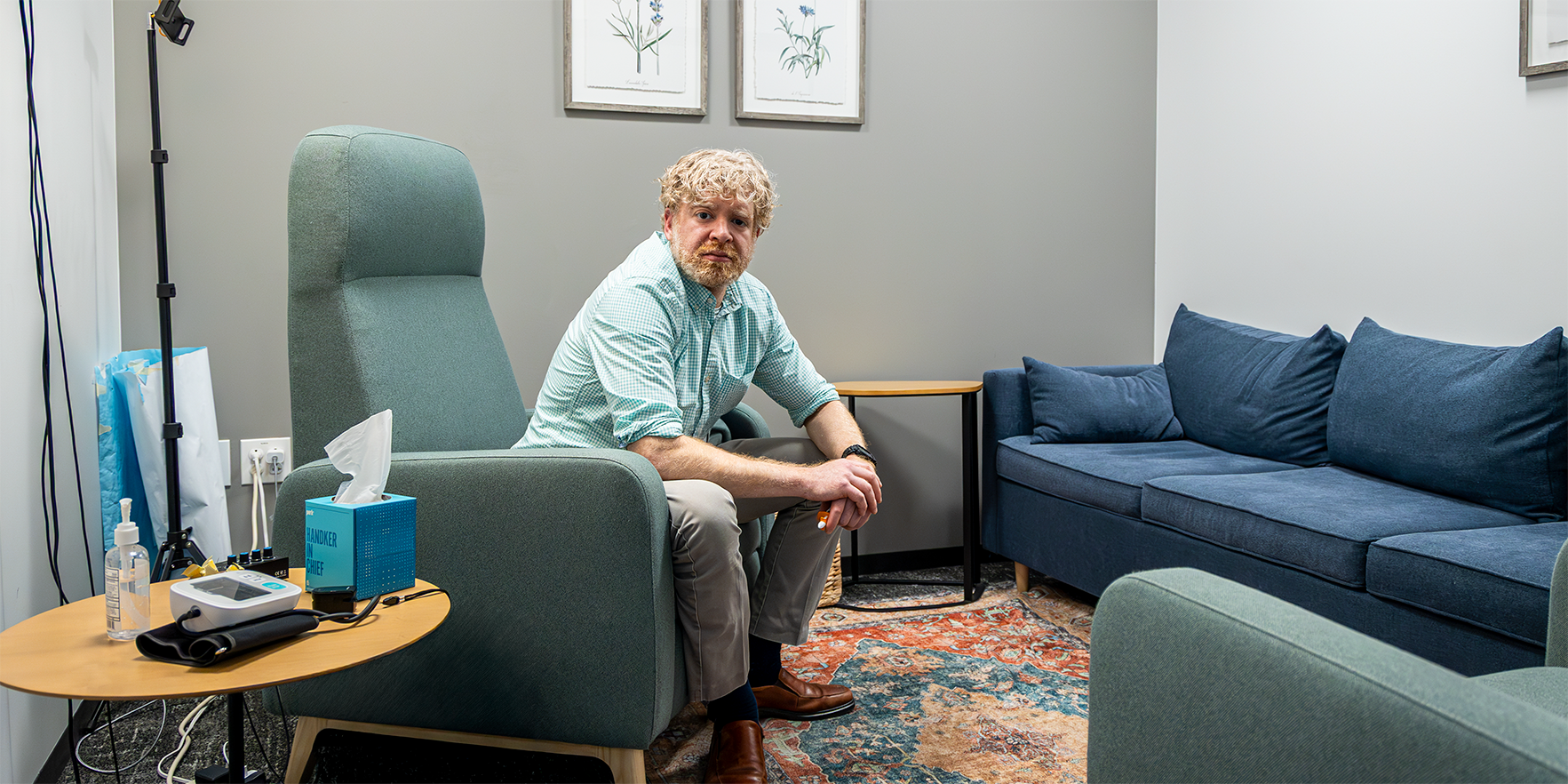Name a heart disorder after an octopus trap, and you lure in cardiologists attracted by the “catchy” name. Also label it “broken heart” syndrome, and reporters swarm en masse every February, looking for an enticing story for Valentine’s Day or American Heart Month.
So says Peter Buttrick, MD, head of the University of Colorado School of Medicine’s Division of Cardiology, as he launches (with a chuckle) into another interview on takotsubo cardiomyopathy.
|
Peter Buttrick, MD |
Labeled by a Japanese researcher in the 1990s who noted an image of a patient’s heart looked like a takotsubo, a pot-like trap used to catch octopuses, the disorder is most often associated with the sudden death of a grief-stricken person who recently lost a loved one.
Chest tightness and shortness of breath generally ensue, resembling a heart attack, but the disorder most often resolves with no lasting damage. The vast majority of takotsubo patients are women.
Scientists believe a rush of catecholamines, compounds released during times of intense emotional or physical stress, weaken the heart-pumping left ventricle, causing it to stop contracting during the acute stage.
“The apex of the heart doesn’t contract, and the base does,” Buttrick said. “So, if you imagine the heart is a globe, and one part works and the other one doesn’t, you end up with what looks like a vessel with a round bottom and a thin neck,” like the traps used to capture the eight-legged sea creatures.

.jpg?width=220&name=Peter.Buttrick384(2).jpg)



